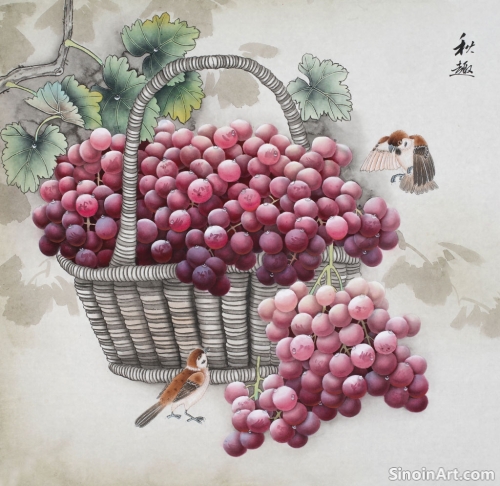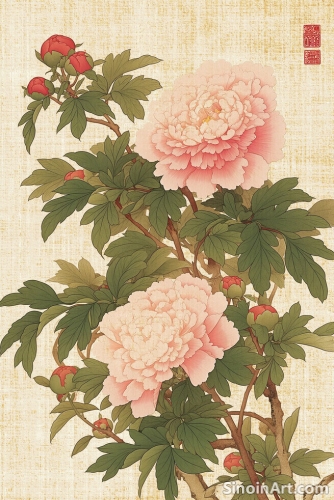Collecting Gongbi: Insights and Considerations for Art Enthusiasts
|
For art enthusiasts interested in collecting Gongbi paintings, there are several important factors to consider. Understanding the history, techniques, and cultural context of this art form is essential for making informed decisions. Collecting Gongbi is more than just purchasing a beautiful object; it's about engaging with a rich cultural tradition and understanding its artistic significance.  When starting a Gongbi collection, it's crucial to focus on the quality of the brushwork. The lines should be precise, controlled, and expressive. The color application should be meticulous, with smooth gradations and a luminous effect. Look for paintings that demonstrate the artist's mastery of technique and their understanding of traditional principles. The precision in technique is a key indicator of a master work.  The authenticity of the artwork is also an important consideration. Since many artists copy traditional masters, it is important to be aware of forgeries. Researching the artist's background and reputation is crucial. Collectors should also work with reputable galleries and auction houses to ensure the provenance of the artwork. This due diligence helps avoid costly mistakes.  The subject matter and composition of the artwork are also important factors in building a collection. Consider choosing pieces that resonate with your personal taste and interests, whether it's historical scenes, bird-and-flower paintings, or landscapes. Choose pieces that reflect the various aspects of Gongbi and that showcase the diversity within the art form. Finally, remember to care for your Gongbi paintings properly. Due to the delicate nature of rice paper and the use of natural pigments, it's essential to store the paintings away from direct sunlight, moisture, and temperature fluctuations. Proper framing and professional advice on care are also recommended. These small steps help preserve the artworks for generations to come. Collecting Gongbi is a journey of discovery and appreciation. By learning about the art form and making informed choices, collectors can build a meaningful collection that reflects their understanding of and passion for Chinese art and culture. This thoughtful approach to art collection adds depth and value to the experience. |
Tag : Collecting Gongbi, Chinese art collecting, art investment, buying Gongbi paintings, Chinese art for collectors
Related information
- Gongbi and the Depiction of Water: Capturing the Flow and Spirit
- The Influence of Gongbi on Contemporary Art
- Gongbi Painting and the Use of Light and Shadow
- The Enduring Legacy of Gongbi Painting: Tradition and Innovation
- Gongbi Painting and its Relationship to Calligraphy
This article explores the depiction of water in Gongbi painting, highlighting the techniques used to capture its flow and movement, the use of color to suggest its depth, symbolic significance, and how it enhances the overall sense of harmony and balance within the artwork.
An examination of Gongbi painting's influence on contemporary art, highlighting the adaptation of its techniques, symbolism, and aesthetic principles.
This article explores the subtle but skillful use of light and shadow in Gongbi painting, highlighting the use of color gradations, brushstrokes, and how these techniques contribute to creating a sense of depth, volume, atmosphere, and enhance the overall impact of the artwork.
Gongbi painting, rooted in the rich artistic traditions of imperial China, has proven to be an enduring and highly versatile art form, adapting and evolving across generations while maintaining its core principles of precision, detail, and symbolic depth. The long history of Gongbi painting continues to be influential on modern art and the appreciation of traditional techniques.
This article examines the interconnected relationship between Gongbi painting and Chinese calligraphy, highlighting their shared techniques, the importance of line and ink, the concept of qi, and how the study of calligraphy can enhance the skills of a Gongbi artist.